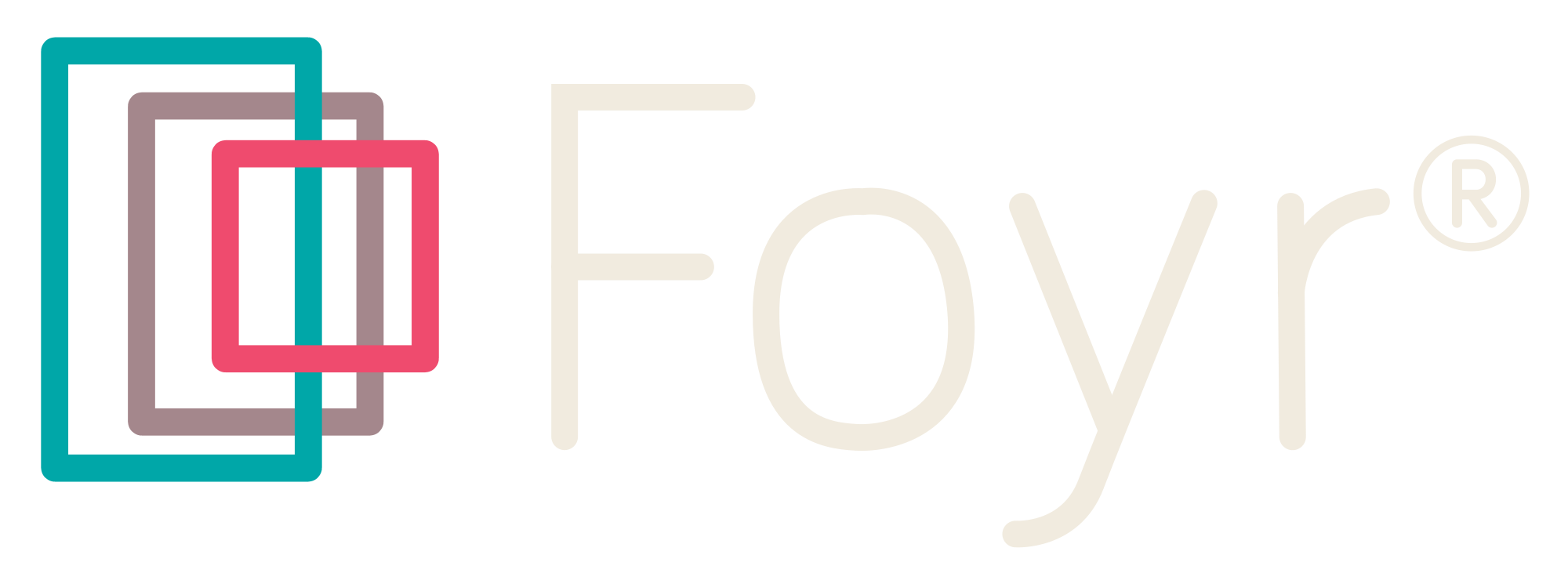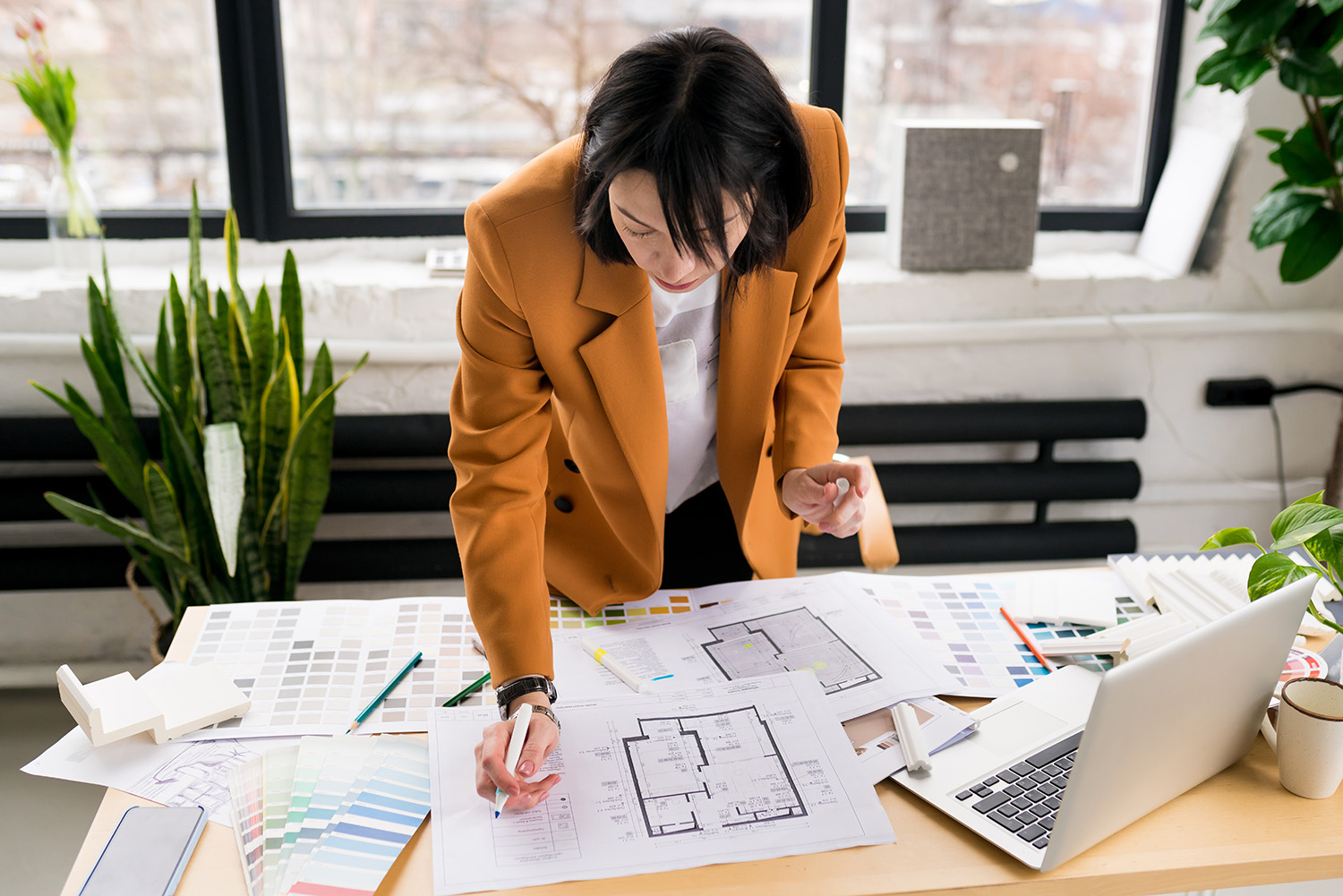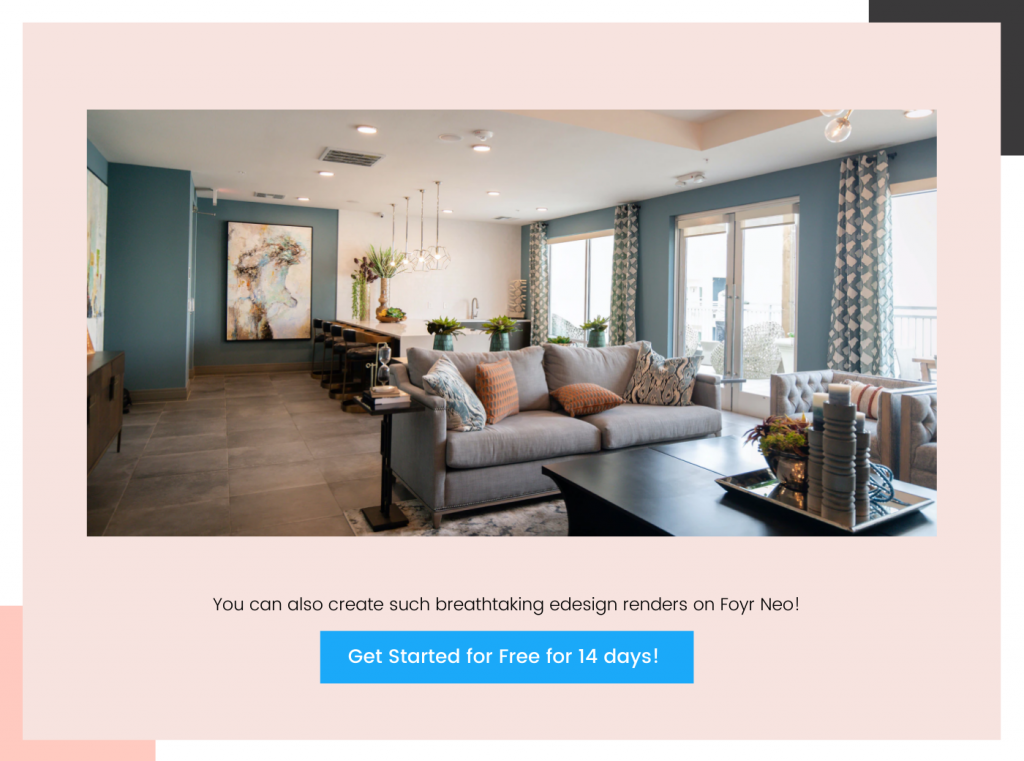Table of Contents
Interior design is a coveted field for anyone who has an inkling of style and trend. This incredible profession has helped many aspiring interior designers realize their potential and achieve their dreams. However, like every profession in the world, Interior design also requires a certain skill set along with education; even more so in this case. Interior design work is not just about implementing theoretical concepts. It is an art form that requires an understanding and passion for design theory, fine arts, and the functionality of floor plans. You can’t just design a house according to your aesthetic preferences, even if you have good taste and an eye for detail.
So, if you are an aspiring interior decorator, you must prepare to dedicate your time to learning about color theory, the psychology of colors and symmetry, efficient communication skills, and the art of building codes to display your design ideas to potential clients in style. You can get a full-time bachelor’s degree and a master’s degree, or an associate’s degree and study rigorously for four years. However, you also need passion and practice along with your formal education, to become a successful and revered interior designer.
Let us look at the steps you need to take as an aspiring Interior Designer so you can quickly establish and grow your business in this coveted field of study to quickly become the next household name.
1. Start with the Right Education
Yes, Interior design comes from the heart and your passion for the craft. But it also requires you to find potential clients, understand the client’s goals towards their house, and formulate appropriate design plans for the interior spaces. Most clients, undoubtedly and unsurprisingly, prefer an interior designer who has diligently completed a degree program and cleared the NCIDQ exam. They must have applied for proper licensure for their trade and have some amount of work experience to go with it. Even if you are a fresher, just out of college, starting a new career path in the design industry, you still need to create a portfolio of designs.
The best way to create these professional-level portfolios, you need a proper education from an interior design school that will teach you how to win over potential clients with your design services. It is like BLS. You need the proper education like Basic Life Support to further your interior design career. Holding a valid interior design certification will go a long way in inviting potential clients through your doors. Most residents in the United States, especially in New York, are looking for interior designers all the time to complete design projects for a remodel or complete design services for a new house. Getting that interior design certification may even help you with your business rankings, thereby drawing attention from such potential clients faster.
When you are formally accredited by The Council for Interior Design Accreditation, or as it is popularly referred to as CIDA, it helps build trust in the minds of potential clients. It lets them know that you are properly qualified and licensed to handle their massive real estate investment.
Read also – NCIDQ Exam and Certification: Everything You Need To Know
What does an interior design certification entail?
Much like any profession on the face of Earth, an interior design certification proves your eligibility to take on impressive design projects. Interior design courses, no matter if they are full-time degrees, interior design certificate programs, online courses, or even electives that offer certificate programs, teach you the tools of the trade. While an interior design certificate is not mandatory to apply for jobs, being accredited by the National Council does open a lot of doors.
You see, an NCIDQ examination is not easy since you need to prove how well-versed you are in design concepts and color theory to best serve your clientele. The licensure provides a subliminal guarantee to your clients that you know what you’re doing, hence you deserve to be hired and paid for your services.
Some of the top Interior Design Certifications are:
- National Council for Interior Design Qualification (NCIDQ)
- American Academy of Healthcare Interior Designers (AAHID)
- American Lighting Specialist (ALA)
- Council for Interior Design Accreditation (CIDA)
- Certified Interior Decorator (CID)
- Interior Design Continuing Education Council (IDCEC)
- International WELL Building Institute (IWBI)
- Leadership in Energy and Environmental Design (LEED)
- National Association of Home Builders (NAHB)
- National Association of the Remodeling Industry (NARI)
- National Kitchen and Bath Association (NKBA)
Here are a few things you learn during your degree programs or even online courses and electives that help you create extensive design concepts:
- Space planning
- Patterns, textures, and fabrics
- Color theory
- Computer-aided design
- Drafting construction documents
- Different styles of interior design
- Residential interior design vs commercial spaces
- Simplifying and streamlining the design process
- Understanding people
- Advertising your design firm for maximum reach
Read also – 15 Tips and Skills To Become A Successful Interior Designer
2. Learn the Tools of your Trade
When it comes to interior design, it is not just about learning color theory or design theory. You also need to know the tools of your trade. Every interior designer goes through learning architectural floor plans and interior design certification programs to learn the basics. But these theories are hard to explain to a client when you talk of pendant lighting and interior spaces. Clients are visually acclimated. Therefore, you need to know how to create computer-aided design programs to demonstrate your design ideas in their absolute beauty. As an interior decorator, you must understand the client’s goals and use proper communication skills to bring their desired designs to life.
Spend some time to learn how to use those applications and web programs and create astounding 3D models and rendering to amaze your clients. Foyr Neo web program is the best in the market, so you should definitely learn how to use it and create various floor plans and decorate them with your space planning ideas.
If you have or work at an interior design firm, then you can create a personal portfolio with a cloud-based web application. If you are freelancing or a fresher, use the Foyr Neo web app to create a few design ideas for your portfolio and show them to potential clients. Use the 3D rendering and modeling features to make your design plans come to life.
Design tools are an excellent and probably the best choice to penetrate the market, especially in such a competitive age of design services. Not only do they help you express your ideas to your clients, but they are a great way to manage projects. So you definitely need to learn interior design tools and software.
Read also – 8 Best Free Interior Design Software & Tools
3. Be Observant and Open to Learning
Young students don’t need to get into the interior design field fresh out of college – an individual can take up interior design at any age. One of the biggest traits that one must harbor is a thirst for knowledge and an eye for detail. Since the interior design industry is constantly evolving, you need to be observant and open to learning new things.
Follow interior designers on social media channels, read about the latest insights and trends in the interior design industry, and pay attention to the world around you. Read more, visit museums and places of architecture, and constantly be inspired by what you see around you.
Read also – 8 Best Interior Design Colleges and Institutes
4. Take up Short Courses
One of the most significant aspects of the world going digital is the availability of content everywhere. If you’re looking to become an interior designer or want to upskill yourself, instead of taking up a formal course, you can take up short courses such as diploma courses. While you don’t need a formal degree, it is recommended that you have a diploma or certification so that your clients or stakeholders feel comfortable. A certificate will only add to your resume and credentials and open doors to more opportunities.
Additionally, as a certified interior designer, you can become a part of the American Society of Interior Designers and eventually move on to the International Interior Design Association. These associations increase your chances of expanding your professional services to a larger scale by connecting you to substantial networks.
Read also – 10 Best Online Interior Design Courses and Classes
5. Create a Stunning Portfolio
A crucial part of interior design is visualization, and what better way to show clients your work than through a portfolio? To establish a firm footing as an interior designer, take steps to build a personal interior design portfolio and branding.
You can do this by putting together photos of the recent projects you have worked on, creating sample boards, and making AutoCAD drawings and sketches or hand drawings. Even if you don’t have projects to work on, use dummy prompts or take inspiration from the world around you to create designs for your portfolio. With the right portfolio, you can boost your chances of potential clients noticing you and hiring you as their preferred designer.
Read also – How to Create the Best Architect Portfolio: With Examples
6. Seek Internships and Gain Work Experience
Another step to becoming a successful interior designer should involve finding experience. In the interior design industry, practice makes perfect, so it’s crucial for designers without any experience or background to build a portfolio once they finish their diploma or certification program. Before officially marketing yourself as an interior designer, you need to take on full-time training and experience. A great way to do this is via apprenticeships, internships, or even entry-level jobs at interior design companies.
This will give you a holistic picture of what the job entails, aside from the designing aspects, and give you a chance to test your abilities and understand your potential. Finally, look for interior design jobs with a professional interior designer through channels like LinkedIn for more information.
7. Freelance as a Designer and Take up Projects
A great way to practice your interior design skills is through projects. The more projects you take up, the more your experience will widen. If you are starting, instead of taking up large-scale projects, try to take up smaller projects that you can easily handle with the given resources and time frame.
You can even speak to interior design firms and get them to outsource parts of their project for you to work on. Get hold of as many projects as you can to build up your experience and add to your resume and portfolio. Working on several projects will also help you better understand people in the industry, expectations, and resource utilization.
Read also – How To Become A Freelance Interior Designer?
8. Upgrade and Upskill
As a designer, you should always have the thirst to upgrade and upskill yourself. In such a rapidly evolving world, you can never learn everything about being a designer – however, you can upskill yourself from time to time. If you have a particular interest area such as sustainable design, or art-deco design, use social media channels to your advantage to learn from experienced designers in that space. Follow pages or create Pinterest boards to inspire yourself and convert that inspiration into action through your projects.
Pick up skills and learn how to use different software to your advantage. Start by making a list of your interest areas or areas you are eager to know more about, and build on those segments.
9. Offer Free/Pro Bono Services
While you have to earn as a designer, in the start, you may have to offer your services for free. Look for projects where you can provide pro bono services, such as renovating or upgrading existing public spaces or homes where people have a limited budget.
Read also – How To Create An Interior Designer Resume?
10. Attend Conferences & Events
If you are looking for ways to meet other designers and experts in the industry, attend conferences and events. Find out what the latest events are – this will help you get a strong insight into the industry’s latest news and updates. Conferences and events are also great places to meet experienced designers and clients.
11. Learn Building Codes
One of the intricacies of being an interior designer is knowing not just about the aesthetics but also the building codes. While this may be taught to students in a degree program, you too can find all the information you need online or take up a course to learn about building codes in the area you want to operate in. Knowing building codes will give you an edge over other designers and help you think and operate within guidelines.
12. Learn Project Management
For a successful career in interior design, one of the primary technical skills required is knowing how to manage multiple projects. In the world of interior design, time is everything – clients want projects completed on time, and you need to liaise with several third parties to get work done on time.
Read also – Guide To Interior Design Project Management
Build a Successful Business With the Right Interior Design Software
Having the right business tools will make each stage of the interior design process simpler and more efficient. Foyr Neo is a powerful interior design platform built with you, the designer, in mind.
Take design ideas from concept to a photo-realistic rendering in just minutes with a suite of advanced tools, including:
- The ability to choose from thousands of preloaded items like furniture, plants, accessories, and much more – or upload your own 3D models to create the exact look your clients want.
- Produce 4K, photo-realistic renderings on demand.
- Advanced lighting options and visualization settings.
- Real-time 3D editing capabilities.
- By combining the functionality of multiple tools in one platform we empower designers to spend less time with software and more time with their clients.
Sign up for Foyr Neo’s 14-day free trial and experience the best of interior design today.
FAQs
Skills such as spatial awareness, attention to detail, communication, problem-solving, and knowledge of design software are crucial.
As you garner experience, specialization can be beneficial, whether it’s in residential, commercial, hospitality, or sustainable design. It helps tailor your skills and services.
Challenges include managing client expectations, staying within budgets, keeping up with evolving trends, and handling project deadlines.
Freelancing offers flexibility but requires self-management and consistent client acquisition. Working for a firm provides structure and mentorship but less autonomy.
Requirements vary by location. Some states or countries mandate licenses for interior designers, especially for commercial projects, to ensure public safety.










